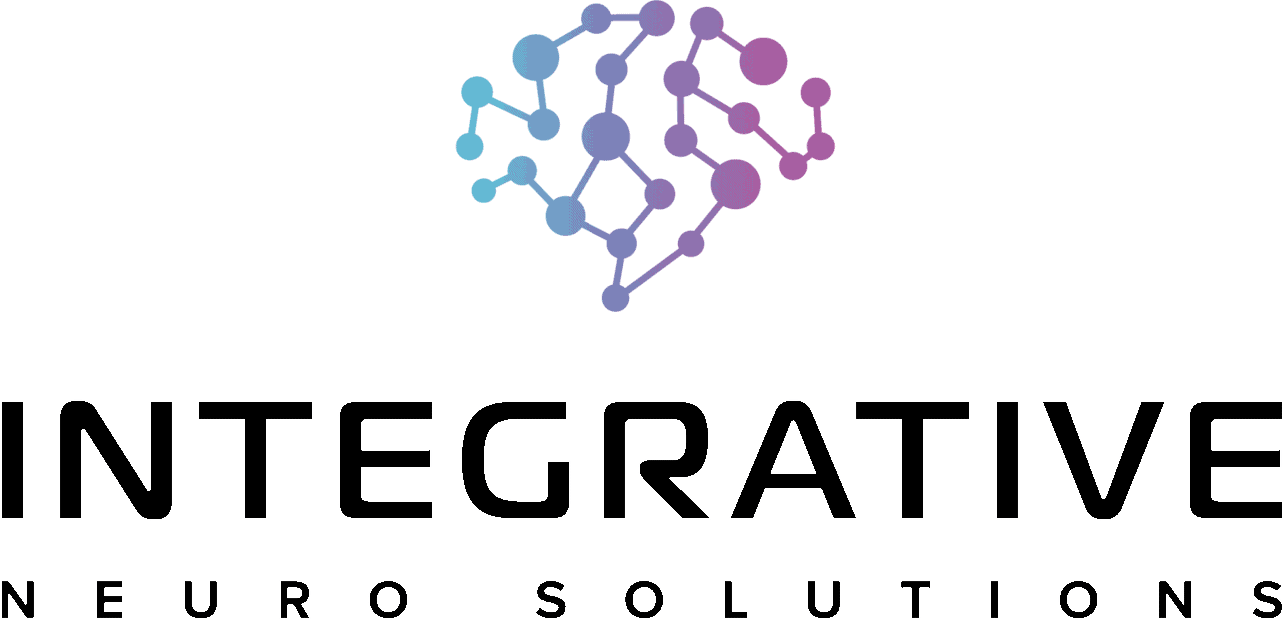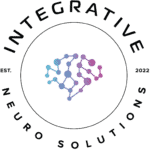While often used interchangeably, neurofeedback and biofeedback are distinct yet closely related therapeutic approaches. Both fall under the broader umbrella of bio-regulation and self-awareness training, and both are used to enhance physiological functioning and well-being. But they work in fundamentally different ways and are used for different purposes.
What is Biofeedback?
Biofeedback is a technique that helps people gain greater awareness and control over certain physiological functions. These can include heart rate, breathing, skin temperature, muscle tension, and more. Sensors are placed on the body to monitor these metrics in real-time, and the data is displayed to the user on a screen.
Through guided training and feedback, individuals learn how to influence these systems voluntarily. For example, someone experiencing chronic stress might learn how to reduce muscle tension or slow their heart rate using breathing techniques they can visualize through feedback. Biofeedback is often used in managing:
– Chronic pain
– Migraine and tension headaches
– Hypertension
– Stress and anxiety
– Muscle rehabilitation
What is Neurofeedback?
Neurofeedback, sometimes referred to as EEG biofeedback, is a type of biofeedback — but specifically for the brain. It monitors electrical activity (brainwaves) using an EEG (electroencephalogram) and feeds that information back to the client through auditory or visual cues. The goal is to help the brain learn to self-regulate by encouraging more optimal brainwave patterns.
For example, someone with ADHD might exhibit excessive theta brainwave activity and insufficient beta activity in the frontal cortex. Neurofeedback helps guide the brain to produce more balanced waves, potentially improving attention, focus, and behavior over time.
Common uses of neurofeedback include:
– ADHD and executive function issues
– Anxiety and depression
– PTSD and trauma recovery
– Insomnia and sleep regulation
– Peak performance training (for athletes, performers, and executives)
Key Differences
While both support the body’s natural ability to regulate itself, neurofeedback is unique in its ability to interact directly with the central nervous system.
Which One is Right For You?
The choice between biofeedback and neurofeedback depends on your goals:
– If you’re dealing with muscle pain, tension, migraines, or cardiovascular issues, biofeedback may be a good starting point.
– If you’re struggling with focus, memory, anxiety, trauma, or sleep issues, neurofeedback may offer more targeted results.
In many integrative clinics, both are offered together — and that’s for good reason. They complement each other well. For instance, a person recovering from trauma might use HRV biofeedback to regulate stress while using neurofeedback to calm an overactive amygdala.
Final Thoughts
Biofeedback and neurofeedback both empower you to take an active role in your own healing. They are safe, non-invasive, and grounded in decades of research. Understanding the differences can help you make a more informed decision and take your next step with confidence.
If you’re curious about trying either modality or learning which might benefit you most, our clinic offers consultations to help guide you. Reach out today to explore how brain-body feedback can change the way you feel, think, and perform.


